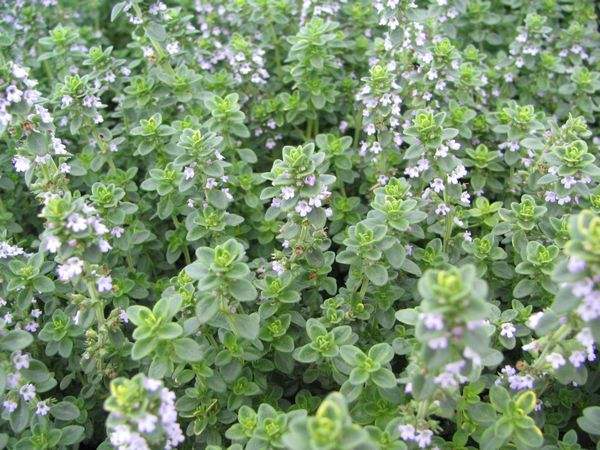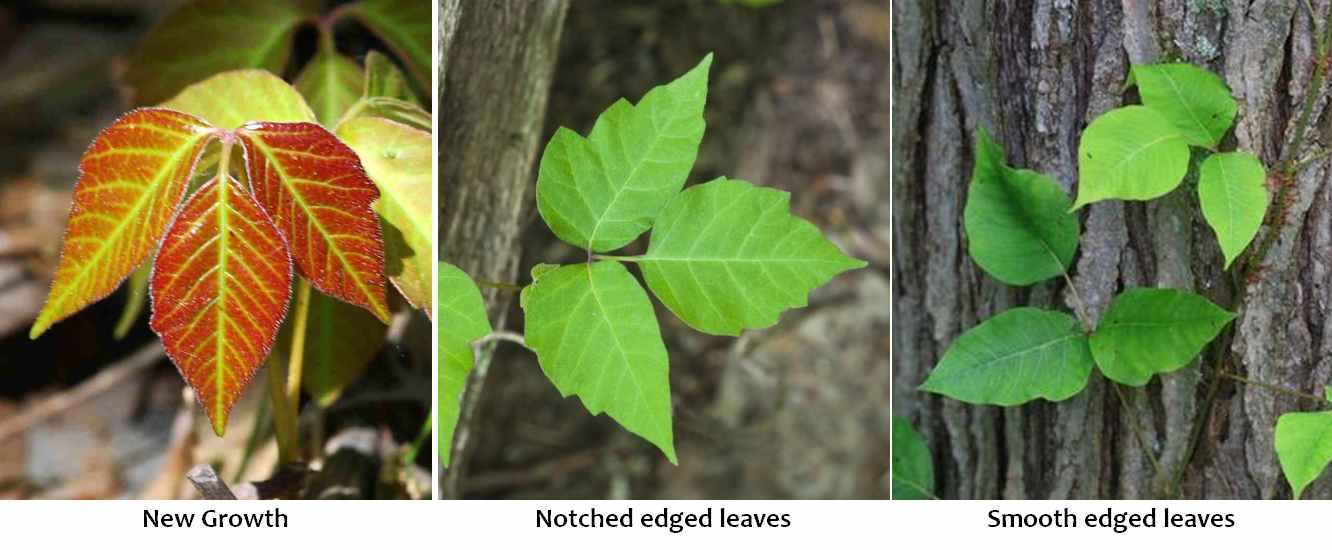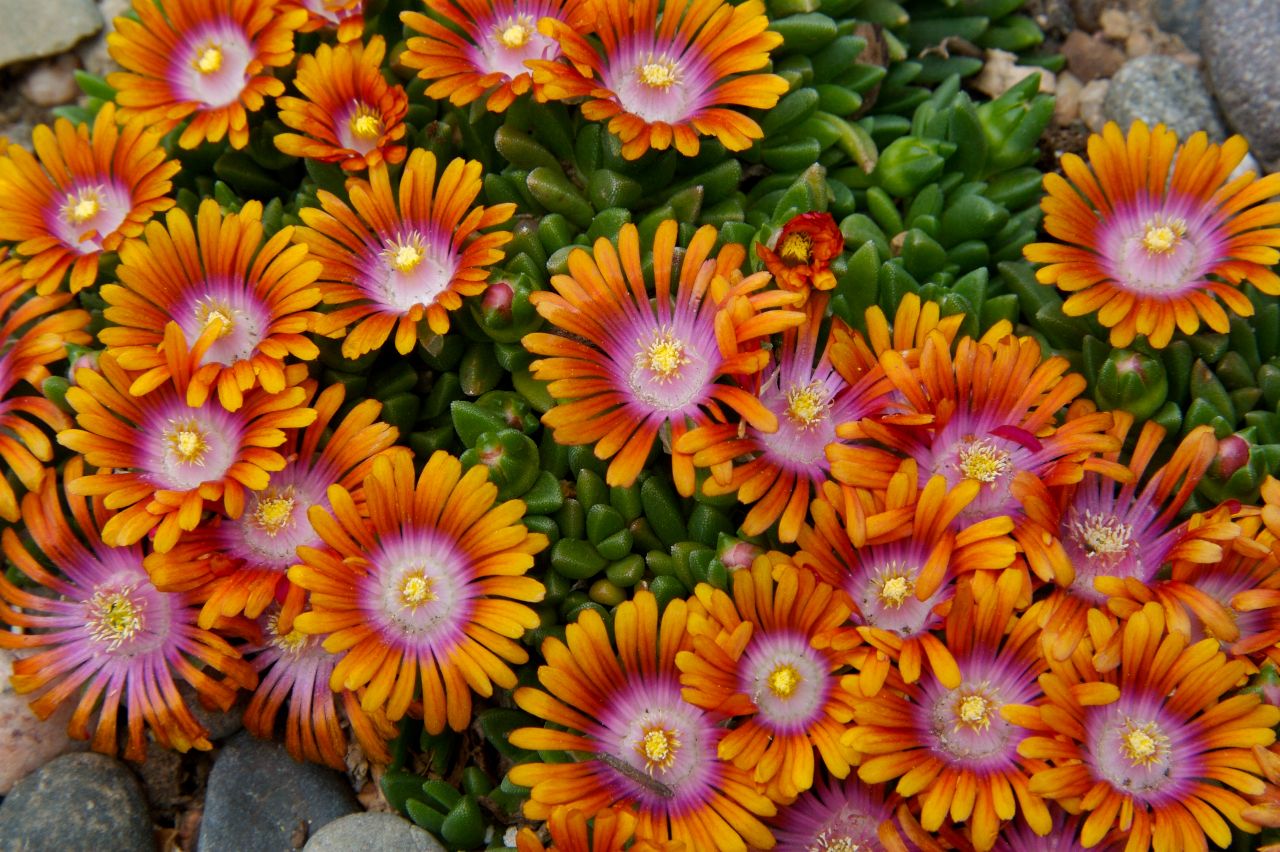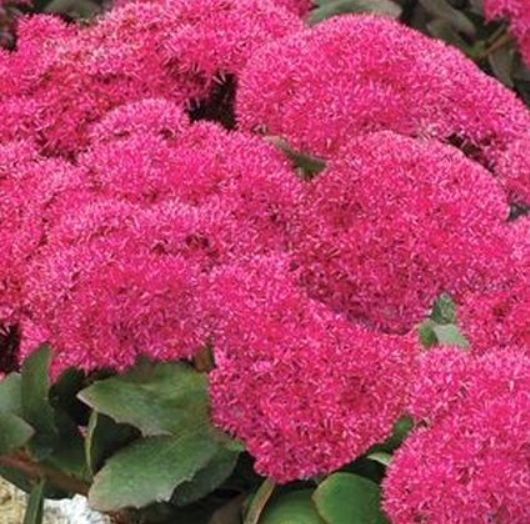There are over 10,000 species of ferns worldwide and about 380 in the U.S. Ferns have been around longer than land animals, dinosaurs and most other plants.
Ferns vary in size from about 2/10 inch up to about 66 feet in height. The largest ferns in North America can reach about 6 feet tall. Most of the larger species grow in tropical climates.
They are delicate and need to live in a moist environment.
Ferns reproduce by spores which develop on the underside of their fronds. The growth stages and physiology of a fern is different from other plants.
If you have a shady, moist area, ferns would be the perfect landscaping plant. Some varieties can grow in full sun as long as the soil remains moist. They add a lovely shade of green as well as texture to their environment. Since there are so many types, there will always be a variety that has just the right look for you.
Some are even edible. In the U.S. we eat the early spring fronds of the Fiddle Head fern. Fiddle Heads refer to a number of varieties, but the Ostrich fern seems to be the most popular. If you can’t find them in your local grocery store, you can grow them yourself. They are called “Fiddle Heads” because the shape of the curled frond resembles the scrolls on the end of a violin or other “fiddle” instrument.
There are many ways to cook fiddle heads. Just cook them thoroughly as they contain an enzyme that will reduce your Vitamin B. This enzyme is destroyed during cooking.
The Cinnamon fern sends up fertile fronds that turn brown and are very interesting to see. They are great to use in home crafts.
Some ferns come in colors other than green, adding an interesting color palate to your garden. Check out the Rosy Maidenhair Fern, Autumn Fern, Japanese Painted Fern, Ghost Fern or any of the other colorful varieties.












